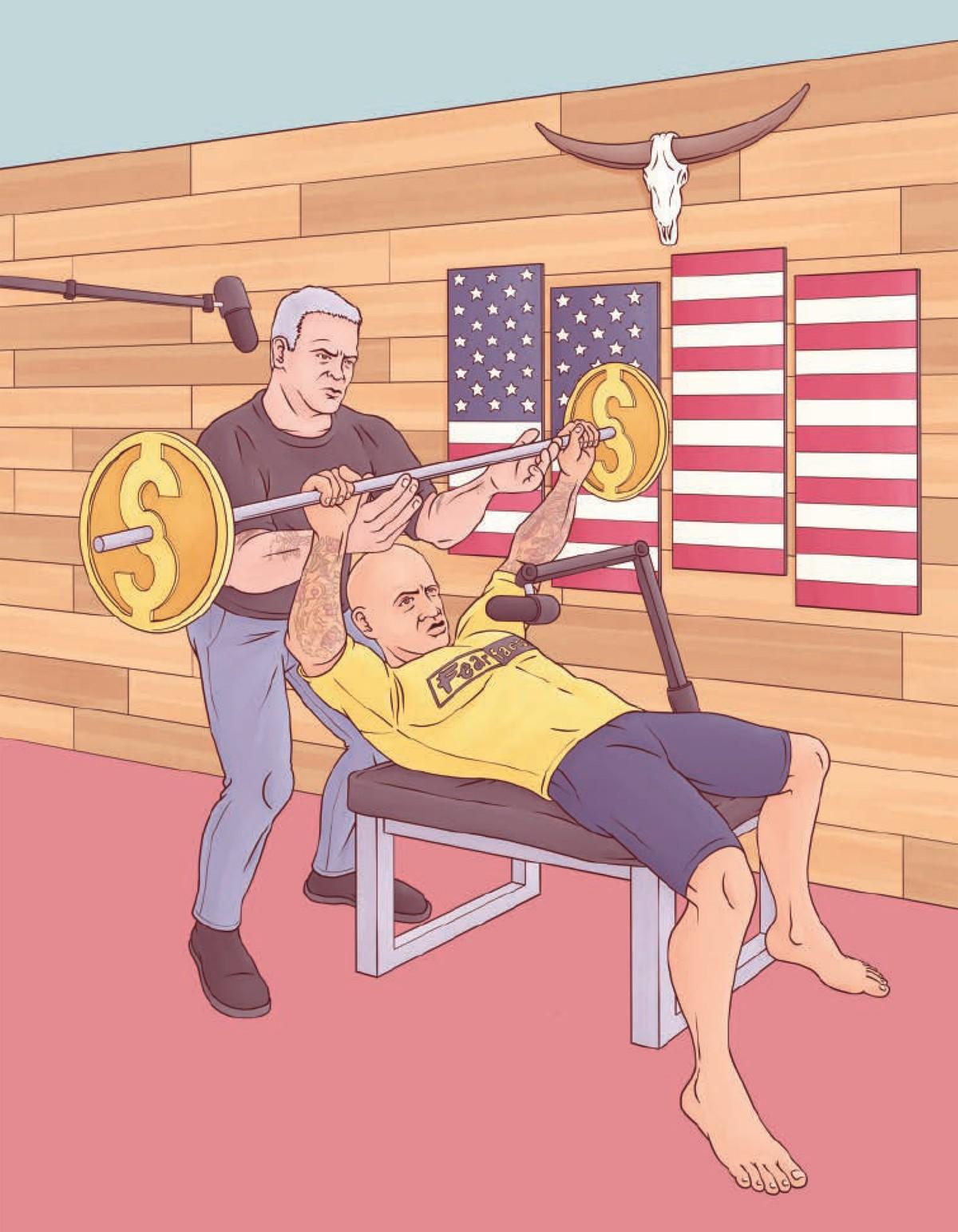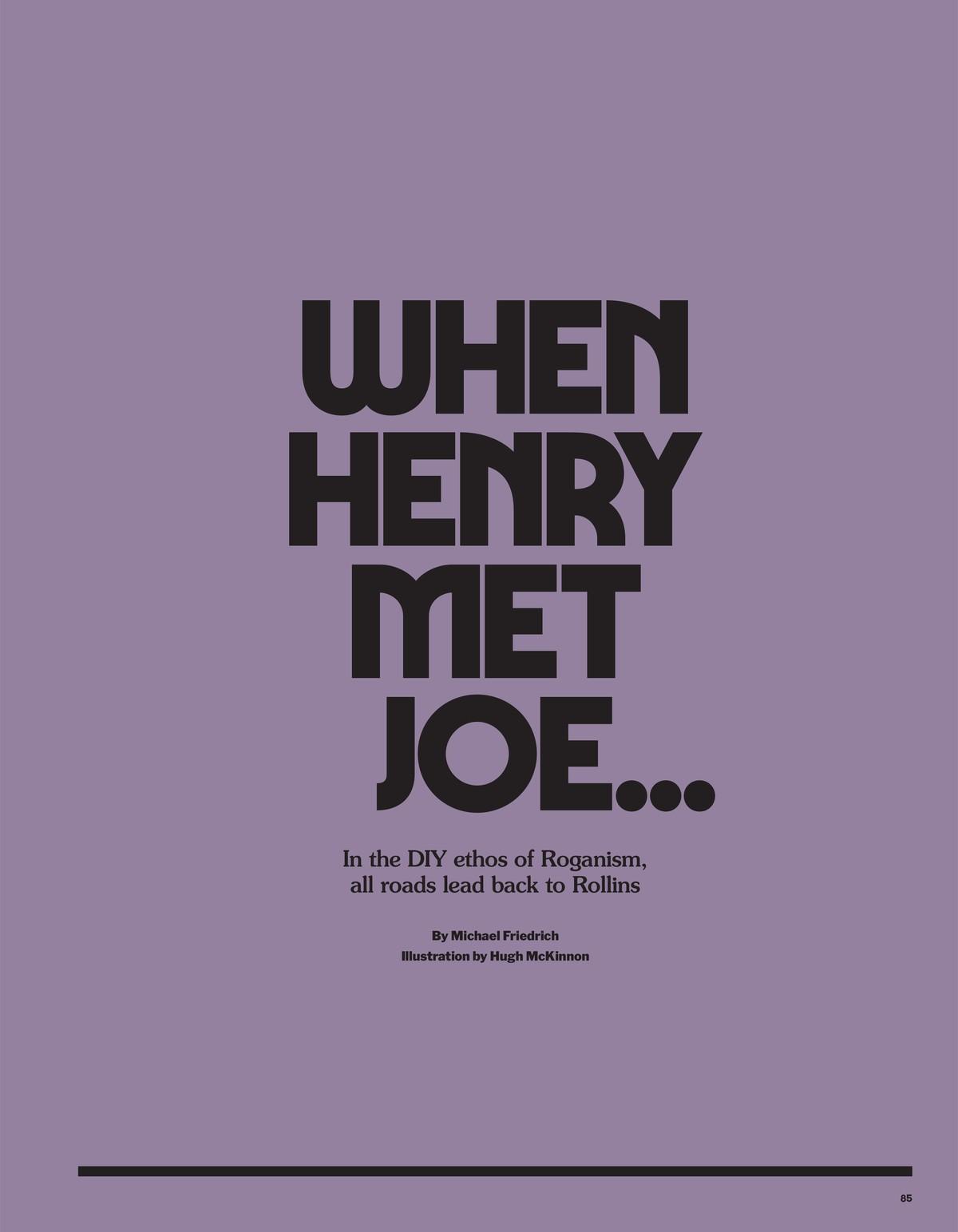WHEN HENRY MET JOE...
In the DIY ethos of Roganism, all roads lead back to Rollins.


Henry Rollins, former punk singer and enduring Renaissance man, is on stage at Warsaw in Brooklyn telling stories about his pandemic lockdown.
Under the lights, he clutches the mic in a kind of wrestling pose. His hair has grayed and his trademark biceps diminished, but he’s still a “ricocheting bullet of curiosity and anger,” as he puts it. The audience settles in as Rollins screeches and howls through the centerpiece of his set, an hour-long anecdote about a mentally distressed Finnish fan who broke into his “concrete fortress,” a $3.9 million mansion in the Hollywood Hills, several times during 2020.
“My heart rate elevates, my breathing elevates, my body flushes cold,” Rollins says, with staccato intensity, “because someone came over a wall or a gate and is in my perimeter, kicking my garage door.”

